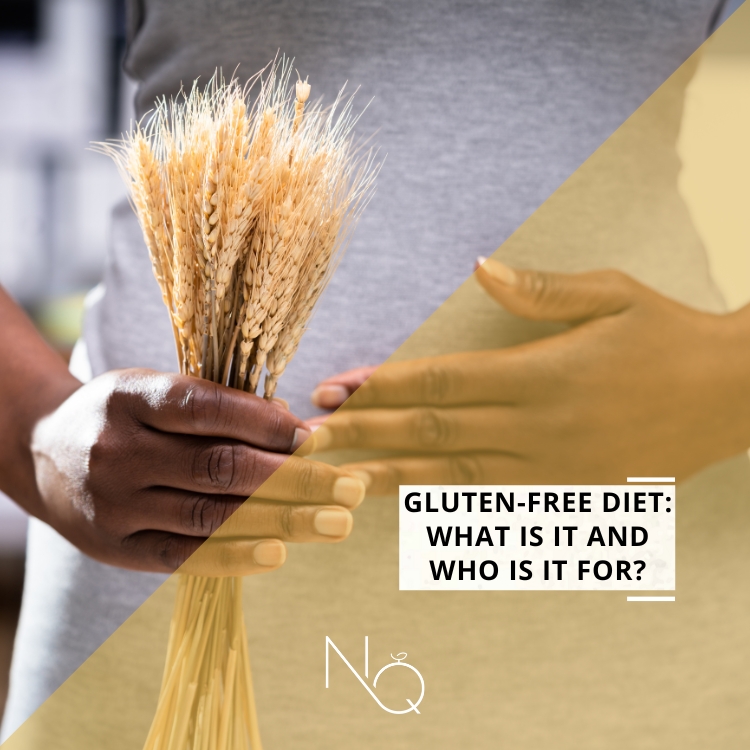What is the gluten-free diet? Who needs to follow it? What foods does it include? Is it suitable for weight loss? Read on for more.
What is the gluten-free diet (GFD)?
A gluten-free diet is an eating plan that excludes foods containing gluten. Gluten is a protein found in wheat, barley, rye, and a cross between wheat and rye called triticale.
Who is the gluten-free diet for?
The gluten-free diet (GFD) is intended for people suffering from:
- Celiac disease: An autoimmune disorder in which gluten activates the immune system, damaging the lining of the small intestine. Over time, this damage prevents the absorption of nutrients from food.
- Gluten sensitivity: Causes symptoms similar to those of celiac disease, such as abdominal pain, bloating, diarrhea, constipation, and headaches. However, there is no damage to the small intestine.
- Gluten ataxia: An autoimmune disorder where certain nerve tissues are affected, leading to problems with muscle control and voluntary muscle movement.
- Wheat allergy: Similar to other food allergies, it occurs when the immune system mistakes gluten or another protein in wheat for a harmful agent, such as a virus or bacteria. The immune system creates an antibody to the protein, triggering a response that can lead to congestion, difficulty breathing, and other symptoms.
Features of the gluten-free diet
Adopting a GFD requires careful attention to food choices, ingredients, and nutritional content.
Allowed foods:
- Beans, seeds, and nuts in their natural, unprocessed form.
- Fresh eggs
- Fresh meats, fish, and poultry (not breaded, battered, or marinated)
- Fruits and vegetables
- Most dairy products
- Many grains and starches, such as amaranth, arrowroot, buckwheat, corn and cornmeal, flax, gluten-free flour, millet, quinoa, rice, and sorghum
- Soy
- Tapioca
- Teff
Non-permitted foods:
All foods and drinks containing:
- Barley
- Rye
- Triticale
- Wheat
Unless labeled "gluten-free," the following:
- Oats (due to possible contamination from wheat)
- Beer
- Breads
- Cakes and pies
- Candies
- Cereals
- Cookies and crackers
- Croutons
- Pre-fried french fries
- Sauces
- Cold meats
- Pasta
- Processed canned meat
- Salad dressings
- Sauces, including soy sauce
- Rice mixes
- Snacks such as chips
- Soups and soup bases
- Vegetables with sauce
Points to pay attention to:
- When buying food, the label must be checked to ensure that no impermissible ingredients are present. Foods labeled "gluten-free" must contain less than 20 parts per million of gluten.
- Foods with a "wheat-free" label may still contain gluten. If there is any doubt about the presence of gluten, it is best to avoid consumption.
- When preparing meals at home, food should not come into contact with surfaces or utensils that haven't been carefully cleaned after preparing other foods containing gluten.
- When dining out or eating away from home, it is important to request truly gluten-free options without contamination.
If a product containing gluten is accidentally consumed, pain or diarrhea may occur. There is a chance that no symptoms will manifest after consuming gluten, but this does not mean there is no damage to the small intestine. People with celiac disease who do not follow a GFD long-term are likely to develop small bowel cancer.
Risks
Adopting a GFD can lead to nutrient deficiencies as non-permitted foods contain important vitamins and other nutrients, such as:
- Iron
- Calcium
- Dietary fiber
- Thiamine
- Riboflavin
- Niacin
- Folic acid
In conclusion, people with celiac disease who follow a "gluten-free" diet experience fewer symptoms and complications from the disease and should adhere to this diet for life. In severe cases, diet alone may not alleviate symptoms and complications, necessitating additional treatment.
For people with gluten sensitivity, the condition may not be lifelong. Some research suggests following the diet for a certain period, such as a year or two, and then re-evaluating gluten sensitivity.
Bibliography
- Abdi F, Zuberi S, Blom JJ, Armstrong D, Pinto-Sanchez MI. Nutritional considerations in celiac disease and non-celiac gluten/wheat sensitivity. Nutrients. 2023 Mar 19;15(6):1475. doi: 10.3390/nu15061475. PMCID: PMC10058476. PMID: 36986205.
- El Khoury D, Balfour-Ducharme S, Joye IJ. A review on the gluten-free diet: technological and nutritional challenges. Nutrients. 2018 Oct 2;10(10):1410. doi: 10.3390/nu10101410. PMCID: PMC6213115. PMID: 30279384.




